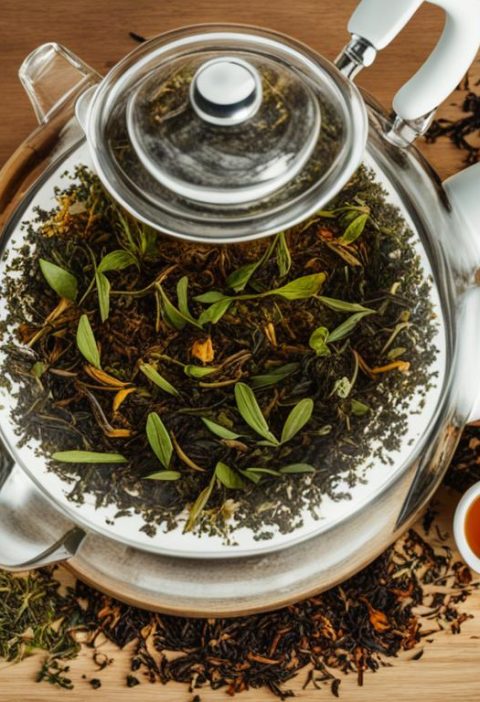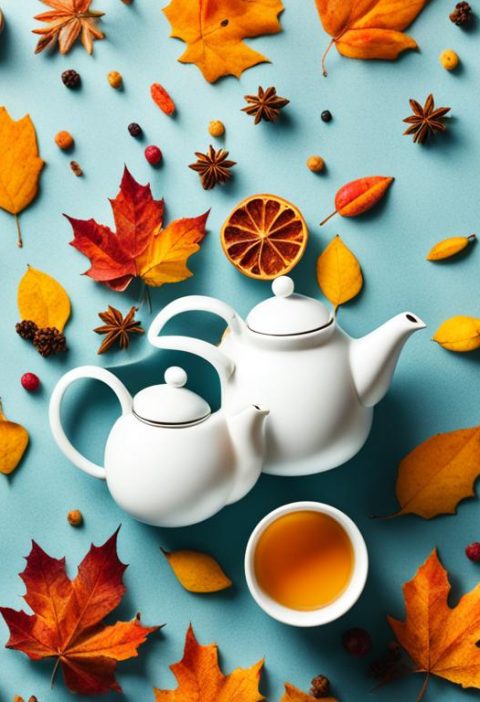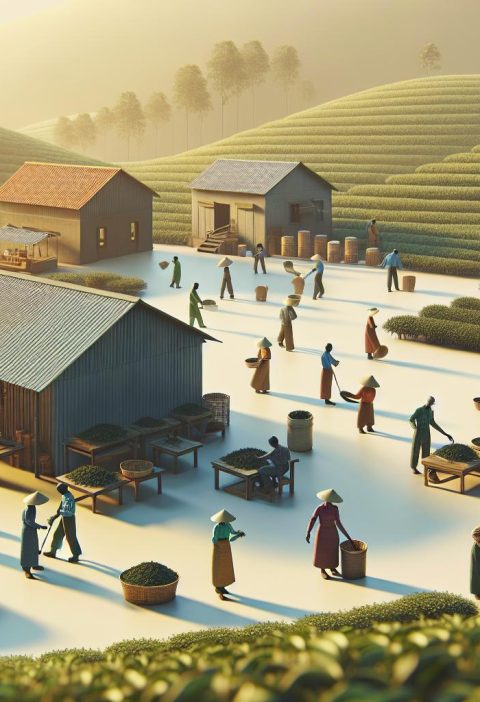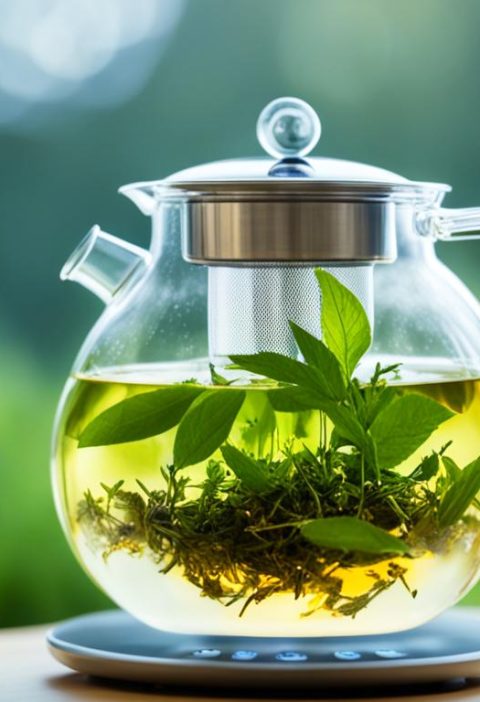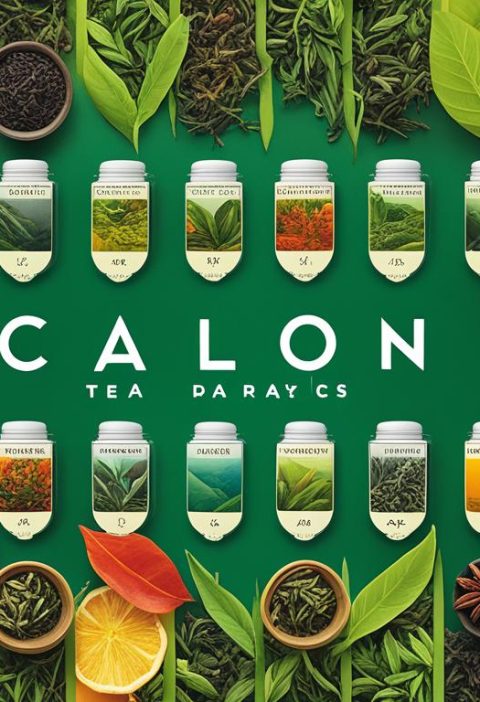So, you’re ready to dive into the world of creating your own tea blends. Crafting your unique tea combinations can be a rewarding and enjoyable experience. Whether you’re a tea enthusiast looking to expand your palate or a beginner eager to explore the art of tea blending, we’ve got you covered.
With a few essential ingredients and some creativity, we can embark on this flavorful journey together. From soothing herbal infusions to energizing black tea blends, the possibilities are endless. Let’s unlock the secrets of blending teas that not only tantalize our taste buds but also provide a myriad of health benefits.
Join us as we delve into the basics of DIY tea blending, uncovering tips, tricks, and techniques to help you brew up delicious and personalized tea creations. Get ready to elevate your tea-drinking experience to a whole new level with our beginner-friendly guide to crafting your very own signature tea blends.
Understanding Tea Blending
When it comes to tea blending, it’s crucial to understand the fundamentals to create delicious and aromatic blends that suit your taste preferences. Whether you’re a novice or a seasoned tea enthusiast, mastering the art of tea blending can open up a world of flavors and possibilities. Here’s a breakdown of techniques tailored to different experience levels:
For Beginners: Getting Started on the Right Foot
- Start by selecting a base tea such as black, green, or herbal tea.
- Experiment with flavor additions like fruits, herbs, spices, or flowers to create your own unique blend.
- Keep a tea blending journal to track your recipes and preferences for future reference.
- Invest in quality ingredients for a more satisfying tea experience.
For Intermediate Blenders: Elevating Your Creations
- Dive into layering flavors to create more complex blends.
- Consider the health benefits of different herbs and spices for a wellness-focused approach.
- Blend teas in small batches to fine-tune your recipes based on taste tests.
- Explore different blending techniques such as rolling, sifting, or folding for enhanced flavors.
- Experiment with unconventional ingredients like rare teas, barks, or roots for a unique tea profile.
- Focus on balancing flavors to create a harmonious blend with depth and complexity.
- Explore scenting teas with flowers or essential oils for a fragrant experience.
- Participate in tea blending workshops or courses to expand your knowledge and skills.
Tea blending is a creative journey that offers endless opportunities to craft personalized blends that cater to your palate. By mastering the art of tea blending, you can unlock a world of flavors and textures that elevate your tea-drinking experience.
Essential Tools and Ingredients
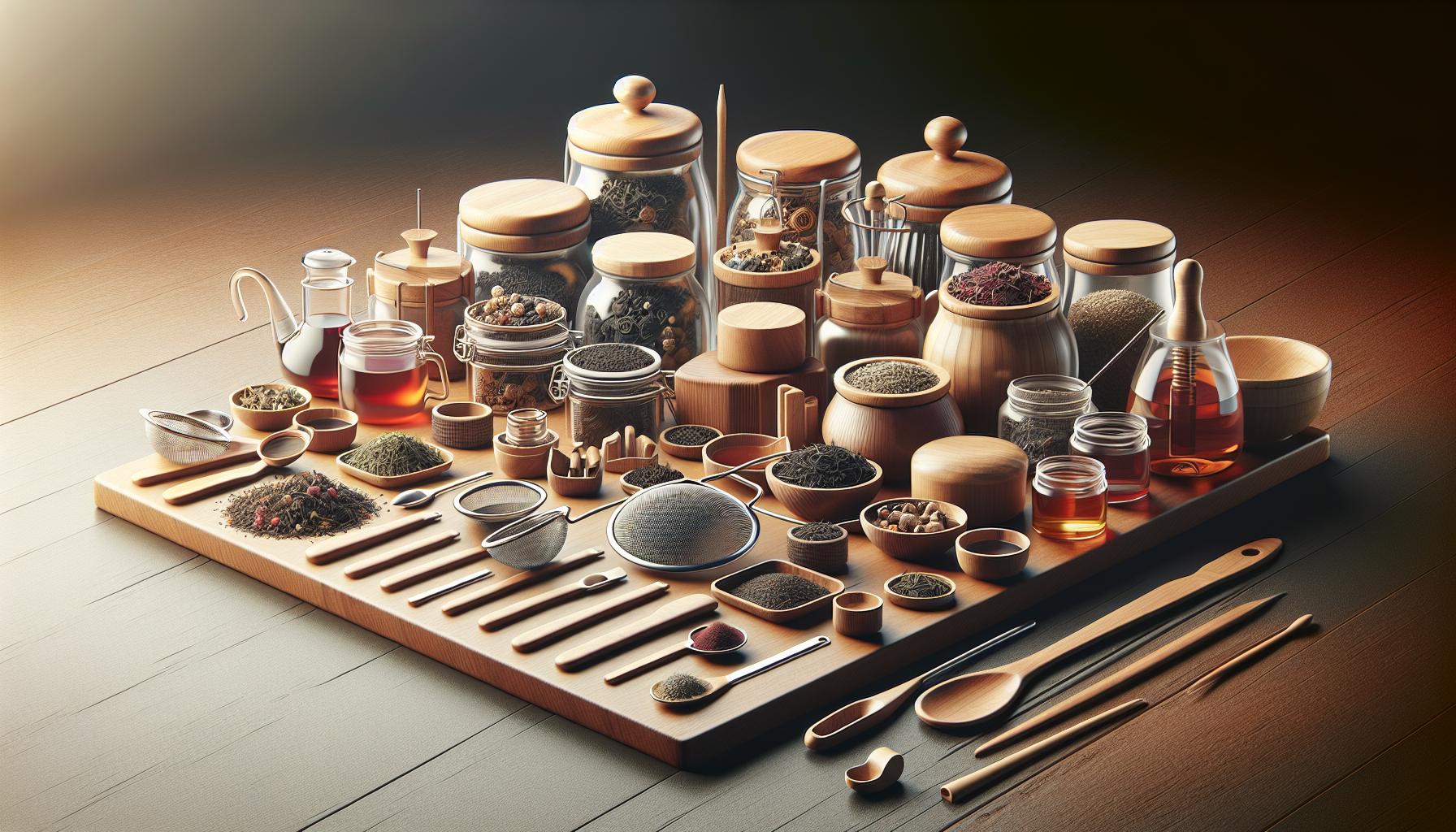
When it comes to creating your own tea blends, having the right tools and ingredients is key to achieving the perfect balance of flavors. Whether you’re a beginner dipping your toes into the world of tea blending or an expert looking to experiment with new combinations, here are our recommendations to help you elevate your tea blending experience.
For Beginners: Getting Started on the Right Foot
- Tea Infuser: A basic tool for steeping loose leaf teas without the mess.
- Measuring Spoons: Ensure accurate proportions of ingredients for consistent flavor.
- Mason Jars: Ideal for storing and blending small batches of tea.
- Assorted Teas: Start with a variety of base teas like black, green, and herbal for mixing.
For Intermediate Blenders: Enhancing Your Blending Game
- Digital Scale: Precision is key for more advanced blends, so invest in a reliable digital scale.
- Flavorings: Experiment with dried fruits, spices, herbs, and flowers to add complexity.
- Glass Mixing Bowls: Non-reactive containers that won’t absorb flavors for blending different teas.
- Tea Tins: Keep your custom blends fresh and organized with a collection of tea tins.
- Scent Jars: Use these to experience the aroma of individual ingredients before blending.
- Organic Ingredients: Opt for high-quality, organic teas and flavorings for superior taste.
- Personalized Labels: Showcase your creativity by designing unique labels for each blend.
- Collaboration: Partner with other tea enthusiasts or attend blending workshops to exchange ideas.
By equipping yourself with the right tools and ingredients, you can unlock a world of possibilities in tea blending. Experiment, explore, and enjoy the process of creating unique blends tailored to your taste preferences.
Exploring Different Tea Types
When it comes to creating your DIY tea blends, understanding the different types of tea is essential. Here’s a breakdown based on your level of expertise:
For Beginners: Tea Basics
- Black Tea: Bold and robust, perfect for breakfast blends.
- Green Tea: Light and refreshing, ideal for floral or citrusy blends.
- Herbal Tea: Versatile and caffeine-free, great for creating soothing blends before bedtime.
- White Tea: Delicate and subtle, a wonderful base for fruity or delicate blends.
For Intermediate Blenders: Expanding Your Palette
- Oolong Tea: Between green and black tea, allows for complex flavor profiles.
- Pu-erh Tea: Earthy and aged, adds depth to your blends.
- Flavored Teas: Experiment with various flavored teas like jasmine, Earl Grey, or chai for unique combinations.
- Matcha: Powdered green tea, vibrant in color and flavor, excellent for adding intensity.
- Yellow Tea: Rare and mellow, offers a unique base for intricate blends.
- Blooming Tea: Artistic and visually appealing, perfect for special occasions.
- Rare Tea Varieties: Explore premium teas like Darjeeling, Gyokuro, or Silver Needle for sophisticated blends.
- Aged Teas: Dive into the world of aged teas such as aged white teas or vintage pu-erhs for nuanced flavors.
Understanding the nuances of each tea type will enable you to craft well-balanced and flavorful blends tailored to your preferences. Experimenting with different combinations and ratios will help you discover your signature tea blend.
Tips for Crafting Unique Blends
For Beginners: Grasping the Basics
- Start by familiarizing yourself with different types of tea like black, green, herbal, and white teas.
- Experiment with individual flavors to understand their profiles and how they combine.
- Begin by blending teas in small batches to test and adjust flavors gradually.
- Consider adding simple ingredients like dried fruits, spices, or flowers for a twist.
- Learn the art of balancing flavors by adjusting the tea ratio based on taste preferences.
For Intermediate Blenders: Elevating Your Blend
- Dive into the world of oolong, pu-erh, flavored teas, matcha, and yellow tea for more complex blends.
- Explore unique combinations to create distinctive flavor profiles.
- Focus on the aroma, taste, and appearance of the blend for a holistic sensory experience.
- Experiment with blooming tea and rare varieties like Darjeeling and Gyokuro for a touch of luxury.
- Consider aging teas to develop richer and more nuanced flavors over time.
- Delve into the intricacies of blending by understanding the subtle nuances of each tea variety.
- Fine-tune your blends by experimenting with temperature, steeping time, and water quality.
- Incorporate multiple brewing methods to extract different flavor notes from the tea leaves.
- Source high-quality teas from reputable suppliers for a premium blend.
- Continuously refine your craft by keeping detailed notes on blend recipes for future reference.
| Tea Types | Information |
|---|---|
| Black, Green, Herbal, White Teas | Ideal for beginners exploring basic blends |
| Oolong, Pu-erh, Flavored Teas, Matcha, Yellow Tea | Recommended for intermediate blenders |
| Blooming Tea, Darjeeling, Gyokuro | Suitable for advanced blenders seeking rare varieties |
| Aged Teas | For experts looking to enhance blend complexity |
Experimenting with Flavor Combinations

We all know that when it comes to crafting the perfect DIY tea blends, Experimenting with Flavor Combinations is key. Here’s how we can take your tea blending skills to the next level based on your experience level:
For Beginners: Mastering the Basics
- Start simple with classic combinations like mint and lemon, or berry and hibiscus.
- Play around with different ratios to find your preferred taste profile.
- Don’t be afraid to mix in dried fruits or a hint of spices for added depth.
For Intermediate Blenders: Enhancing Your Blends
- Dive into more complex flavors like lavender and Earl Grey, or jasmine and green tea.
- Consider incorporating citrus zest or herbal infusions for a unique twist.
- Experiment with layering flavors to create multi-dimensional teas.
- Elevate your blends with rare combinations such as rose petals and white tea, or saffron and oolong.
- Explore smoky notes or woodsy undertones for a sophisticated taste.
- Venture into blending spices, herbs, and florals for a truly unique tea experience.
Remember, the beauty of tea blending lies in creativity and exploration. Have fun, trust your palate, and let your imagination guide you towards crafting the perfect cup of tea.
Conclusion
Crafting your own tea blends is a delightful journey of discovery and creativity. Whether you’re a novice or a seasoned blender, the key lies in experimenting with various flavors and combinations to find what resonates with your taste buds. Start with simple pairings like mint and lemon, then gradually progress to more intricate flavors like lavender and Earl Grey. For those seeking a challenge, rare combinations such as rose petals and white tea await your exploration. Remember, the art of blending tea is a personal one, guided by your unique preferences and imagination. So, grab your ingredients, trust your instincts, and embark on the flavorful adventure of crafting your own signature tea blends. Cheers to endless possibilities in your teacup!

